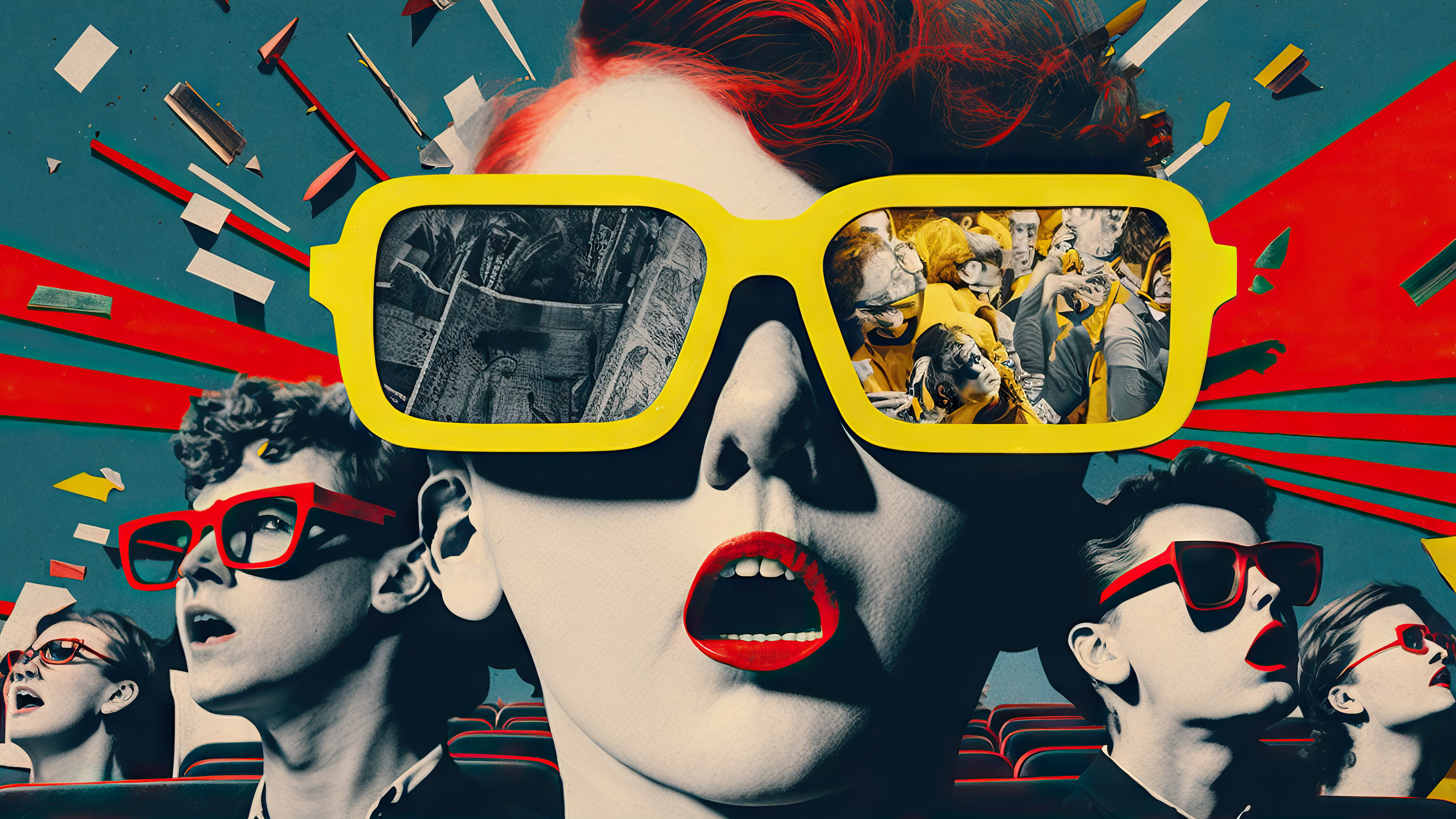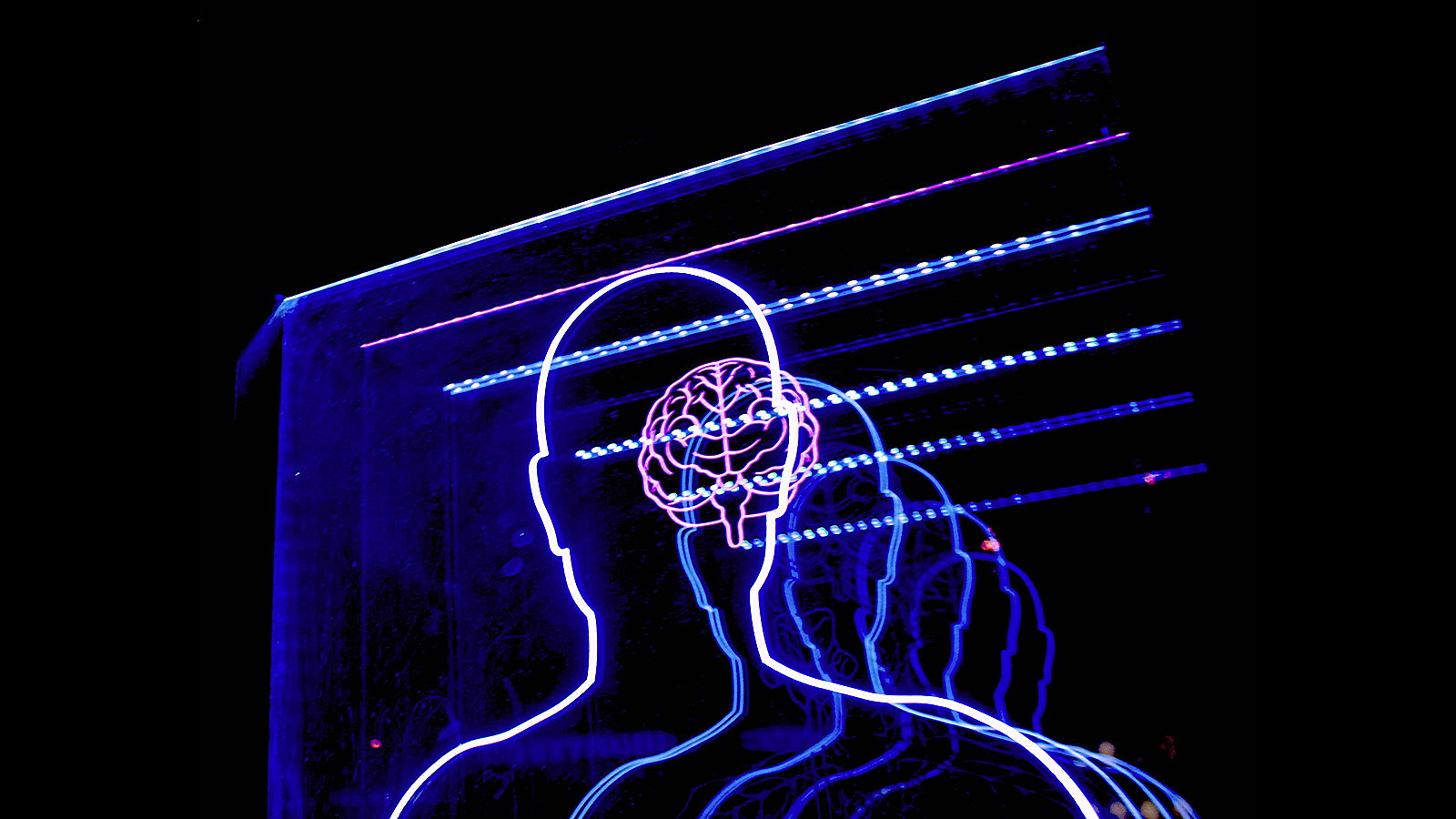How Art Emerged from Pre-Historic Brains

What’s the Latest Development?
Famed biologist E.O. Wilson believes that the gulf between art and science—one celebrates the limits of human perspective while the other seeks to overcome them with instrumentation—can only be bridged by understanding what mental processes inspire us to create abstract representations of the world, i.e. art. Not surprisingly, Wilson looks to pre-historical evolutionary processes which produced the first cave paintings and, later, the first musical instruments. There, he finds evidence of our species’ complex neurological patterns and how they inspired many traditions we maintain today.
What’s the Big Idea?
The introduction of music into society, for Wilson, represents a significant cognitive milestone. “Music is powerful in its impact on human feeling and on the interpretation of events. It is extraordinarily complex in the neural circuits it employs, appearing to elicit emotion in at least six different brain mechanisms.” In visual art, we recognize standards of appreciation which seem to come directly from how our brain processes visual information. “For example, neurobiological monitoring…have shown that the brain is most aroused by patterns in which there is about a 20 percent redundancy of elements.” But does a scientific analysis of art benefit the artist? Or simply put art on science’s terms?
Photo credit: Shutterstock.com





